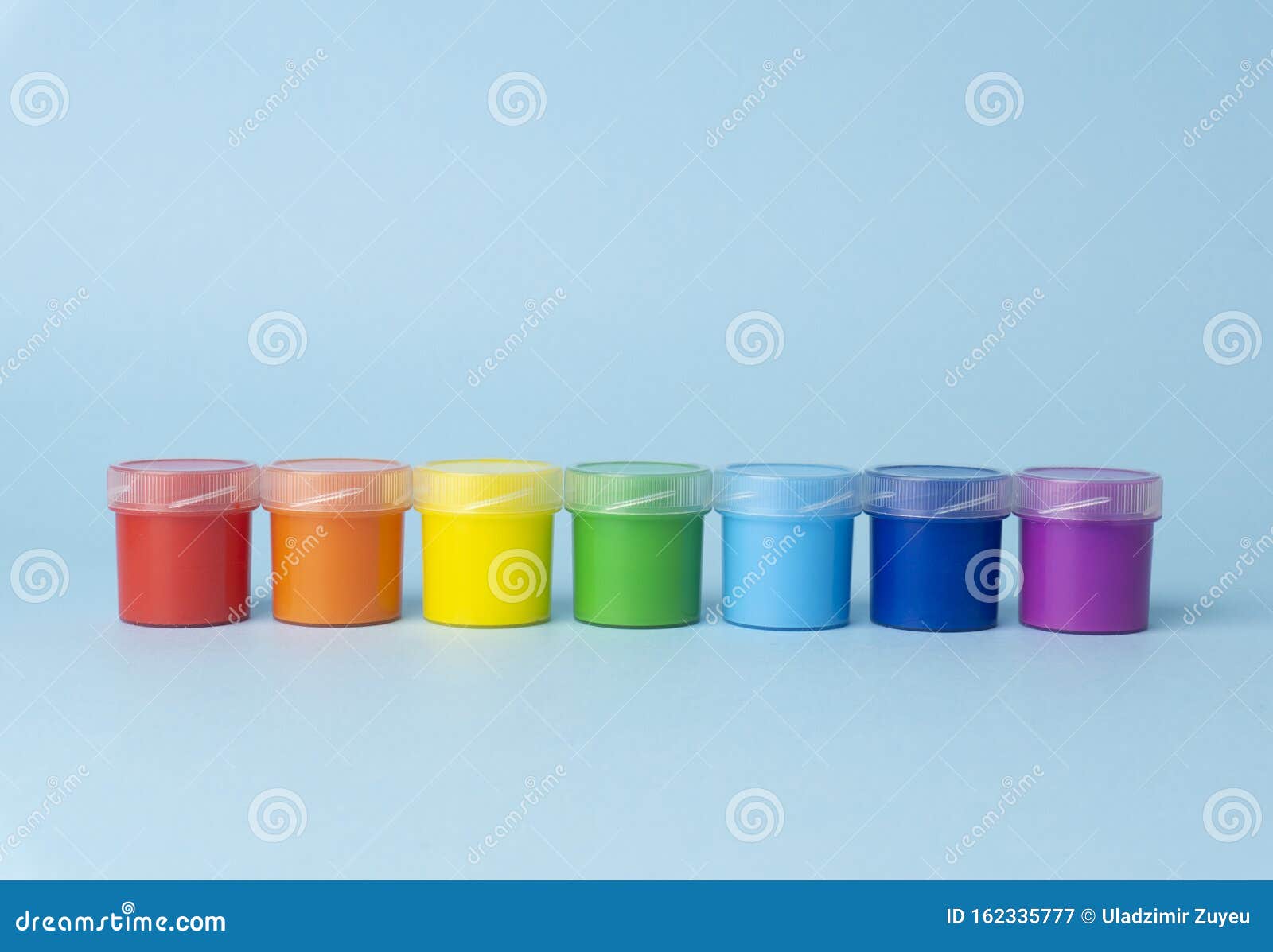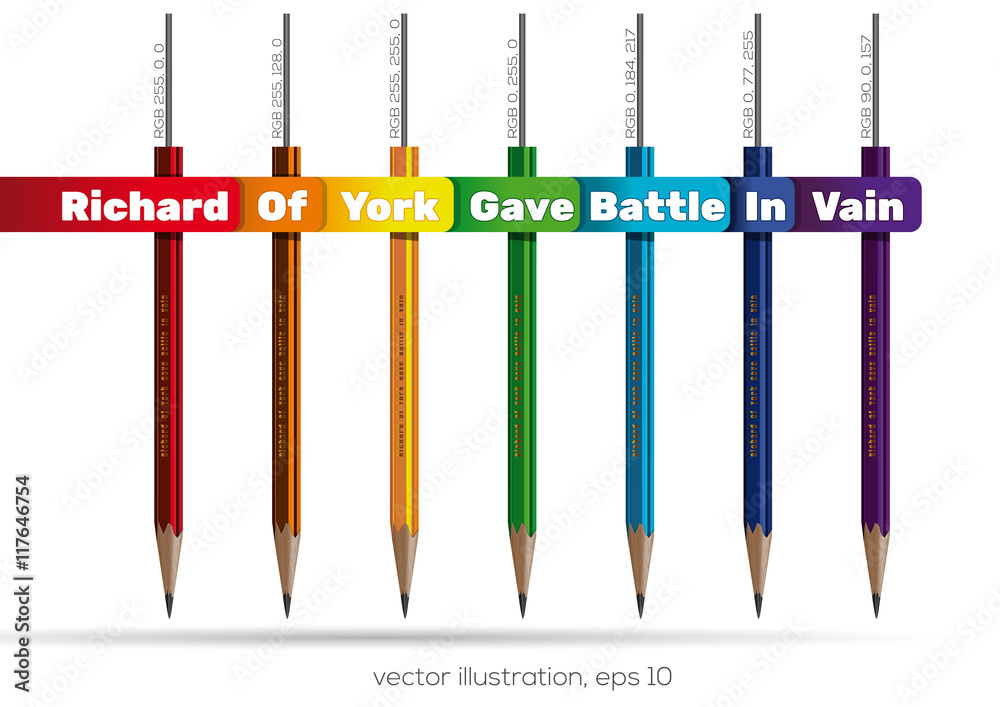Ever wondered why rainbows look so magical? It's all about the sequence of colors that make them pop like a masterpiece in the sky. Rainbows are nature's way of showing off its artistic side, and understanding the sequence of colors can blow your mind. From red to violet, every hue has a story, and we’re diving deep into the science, myths, and wonders behind this colorful phenomenon. So, buckle up, because we’re about to unravel the mystery of rainbows!
Rainbows have been fascinating humans for centuries, and it’s no surprise why. They’re not just beautiful; they’re also a scientific marvel. The sequence of colors in a rainbow isn’t random—it follows a specific pattern that scientists have studied for years. Whether you’re a science enthusiast or just someone who loves staring at the sky after a rainstorm, this guide will give you all the answers you’ve been searching for.
Before we dive into the nitty-gritty details, let’s talk about why rainbows matter. They’re more than just pretty colors in the sky; they’re a symbol of hope, renewal, and even unity. Understanding the sequence of colors in a rainbow isn’t just about science—it’s about appreciating the beauty of nature. So, grab your notebook and let’s get started!
- Azula Asiancandy Onlyfans Info Leaks Get The Details
- Holly Revords Husband Unveiling Jacob Their Relationship Secrets
Understanding the Basics of Rainbows
Let’s break it down first. What exactly is a rainbow? Simply put, it’s a meteorological phenomenon that occurs when sunlight interacts with raindrops. But here’s the kicker—the sequence of colors in a rainbow isn’t just random. It’s a precise order that follows the laws of physics. The colors always appear in the same order: red, orange, yellow, green, blue, indigo, and violet. This sequence is often remembered by the acronym "ROYGBIV."
Now, why does this happen? When sunlight passes through raindrops, it bends or refracts. Different colors bend at different angles because they have different wavelengths. Red, being the longest wavelength, bends the least, while violet, with the shortest wavelength, bends the most. This bending is what creates the beautiful arc of colors we see in the sky.
How Are Rainbows Formed?
The process starts with sunlight hitting raindrops in the atmosphere. As the light enters the raindrop, it slows down and bends. This bending is called refraction. After refraction, the light reflects off the inside surface of the raindrop and exits, bending again. This double bending causes the light to spread out into its component colors, creating the spectrum we see as a rainbow.
- Refraction: Light slows down and bends as it enters the raindrop.
- Reflection: Light bounces off the inside surface of the raindrop.
- Dispersion: Light spreads out into its component colors.
And there you have it—the basic science behind rainbows. But wait, there’s more! Let’s explore the sequence of colors in detail.
The Sequence of Colors in a Rainbow
So, what is the sequence of colors in a rainbow? It’s ROYGBIV, baby! Each color has its own unique wavelength, and they appear in a specific order every single time. Here’s a quick breakdown:
Red: The King of the Rainbow
Red is the first color in the sequence and has the longest wavelength. It appears at the top of the rainbow arc, making it the most visible color to the human eye. Fun fact: red is often associated with energy and passion, which makes it the perfect starting point for the rainbow’s color journey.
Orange: The Warm Glow
Right after red comes orange, which has a slightly shorter wavelength. Orange is often seen as a symbol of creativity and adventure. It adds a warm touch to the rainbow and serves as a bridge between the fiery red and the sunny yellow.
Yellow: The Sunshine Color
Yellow is the third color in the sequence and has a medium wavelength. It’s the color of happiness and optimism, and it brightens up the rainbow with its cheerful vibe. Yellow is also the most reflective color, which is why it stands out so much in the spectrum.
Green: The Heart of the Rainbow
Green is the midpoint of the rainbow and has a shorter wavelength than yellow. It’s the color of nature, growth, and renewal. Green is often associated with balance and harmony, making it the perfect center for the rainbow’s color palette.
Blue: The Cool Touch
Blue comes after green and has an even shorter wavelength. It’s the color of calmness and serenity, and it adds a soothing contrast to the warmer colors. Blue is also the most widely favored color in the world, which makes it a fitting addition to the rainbow.
Indigo: The Mysterious Shade
Indigo is often the most debated color in the rainbow. Some people claim they can’t see it, while others argue that it’s clearly there. Indigo has a very short wavelength and appears as a deep blue or purple. It’s the color of intuition and spirituality, making it a mysterious yet essential part of the spectrum.
Violet: The Finale
Violet is the last color in the sequence and has the shortest wavelength. It’s the color of royalty, luxury, and creativity. Violet completes the rainbow with a vibrant and energetic finish, tying all the colors together in perfect harmony.
Why Do Rainbows Have This Specific Sequence?
The sequence of colors in a rainbow isn’t random—it’s dictated by the laws of physics. As sunlight passes through raindrops, it undergoes refraction, reflection, and dispersion. These processes cause the light to spread out into its component colors, each with its own unique wavelength. The longer the wavelength, the less it bends, which is why red always appears at the top and violet at the bottom.
But here’s a fun fact: rainbows aren’t always visible to the naked eye. Sometimes, the colors can be so faint that you might only see a few of them. This happens when the sunlight isn’t strong enough or when the raindrops are too small. However, under the right conditions, you’ll see the full spectrum of colors in all their glory.
Types of Rainbows
Not all rainbows are created equal. There are several types of rainbows, each with its own unique characteristics. Here are a few:
Primary Rainbow
The primary rainbow is the one we see most often. It’s the standard arc with the sequence of colors in the order of ROYGBIV. This type of rainbow is formed when light undergoes a single internal reflection inside the raindrop.
Secondary Rainbow
A secondary rainbow is a fainter arc that appears outside the primary rainbow. It’s formed when light undergoes two internal reflections inside the raindrop. The colors in a secondary rainbow appear in reverse order, with violet on top and red at the bottom.
Double Rainbow
A double rainbow occurs when both the primary and secondary rainbows are visible at the same time. It’s a rare and breathtaking sight that happens when conditions are just right. The secondary rainbow is usually fainter than the primary one, but it’s still a stunning display of nature’s beauty.
Supernumerary Rainbows
Supernumerary rainbows are extra bands of color that appear inside the primary rainbow. They’re caused by interference patterns in the light waves and are often seen as a series of faint, pastel-colored arcs.
Myths and Symbolism of Rainbows
Rainbows have been a source of inspiration and mystery for centuries. In many cultures, they’re seen as a bridge between the earthly and the divine. Here are a few myths and symbols associated with rainbows:
Rainbows in Mythology
In Norse mythology, the rainbow is known as Bifrost, a bridge that connects the mortal world with the realm of the gods. In Greek mythology, the rainbow is the path of Iris, the goddess of the rainbow, who delivers messages between gods and mortals.
Rainbows in Religion
In Christianity, the rainbow is a symbol of God’s promise to never flood the Earth again. In Hinduism, the rainbow is associated with Indra, the god of thunder and rain. In many indigenous cultures, rainbows are seen as a sign of good fortune and prosperity.
Rainbows in Modern Culture
Today, rainbows are often used as symbols of diversity, inclusion, and LGBTQ+ pride. The rainbow flag, designed by Gilbert Baker in 1978, has become a powerful emblem of unity and acceptance. It’s a reminder that we’re all part of the same spectrum, just like the colors of a rainbow.
Fun Facts About Rainbows
Rainbows are full of surprises. Here are a few fun facts to brighten up your day:
- Rainbows can form in mist, fog, or even sea spray—not just rain.
- It’s possible to see a moonbow, which is a rainbow formed by moonlight instead of sunlight.
- Rainbows are circular, not arched. We only see the arc because the ground cuts off the rest of the circle.
- The color indigo is often debated because many people can’t distinguish it from blue or violet.
- Rainbows can appear in different colors depending on the light source, such as a "fire rainbow" caused by ice crystals in the atmosphere.
How to Spot a Rainbow
Spotting a rainbow isn’t just about luck—it’s about knowing where to look. Here are a few tips:
Timing is Everything
Rainbows usually appear after a rainstorm when the sun is shining at a low angle. The best time to see one is in the morning or late afternoon when the sun is at a 42-degree angle to the horizon.
Position Yourself Correctly
To see a rainbow, you need to stand with your back to the sun and look in the direction opposite to where the sun is. If you’re facing the sun, you won’t see a thing!
Look for Secondary Rainbows
If you’re lucky, you might spot a secondary rainbow. It’s usually fainter and appears outside the primary rainbow. Remember, the colors will be in reverse order!
Conclusion
And there you have it—the ultimate guide to the sequence of colors in a rainbow. From the science behind the phenomenon to the myths and symbolism, rainbows are truly a marvel of nature. Understanding the sequence of colors in a rainbow not only deepens our appreciation for the natural world but also reminds us of the beauty and diversity that surrounds us every day.
So, the next time you see a rainbow, take a moment to marvel at its colors and the story they tell. And don’t forget to share this article with your friends and family. Who knows? You might just inspire someone to look up at the sky and see the world in a new light!
Table of Contents:
- Understanding the Basics of Rainbows
- How Are Rainbows Formed?
- The Sequence of Colors in a Rainbow
- Why Do Rainbows Have This Specific Sequence?
- Types of Rainbows
- Myths and Symbolism of Rainbows
- Fun Facts About Rainbows
- How to Spot a Rainbow



Detail Author:
- Name : Bryce Hahn
- Username : vherzog
- Email : hferry@hotmail.com
- Birthdate : 1981-03-10
- Address : 2406 Molly Centers Apt. 993 Lake Hobart, UT 30242
- Phone : 680-402-4218
- Company : Robel Group
- Job : Entertainment Attendant
- Bio : Aliquam voluptas minus nostrum quia nisi pariatur id. Expedita ipsum voluptatum accusantium est. Voluptatum dolorem recusandae illum nisi totam voluptatibus. Maiores atque et consequatur sed.
Socials
tiktok:
- url : https://tiktok.com/@retta5824
- username : retta5824
- bio : Tempora consequatur facere odio alias eveniet dolor adipisci voluptas.
- followers : 5861
- following : 793
twitter:
- url : https://twitter.com/retta.bruen
- username : retta.bruen
- bio : Et animi aut voluptates aut cum architecto. Autem sed qui aut inventore harum.
- followers : 3313
- following : 179